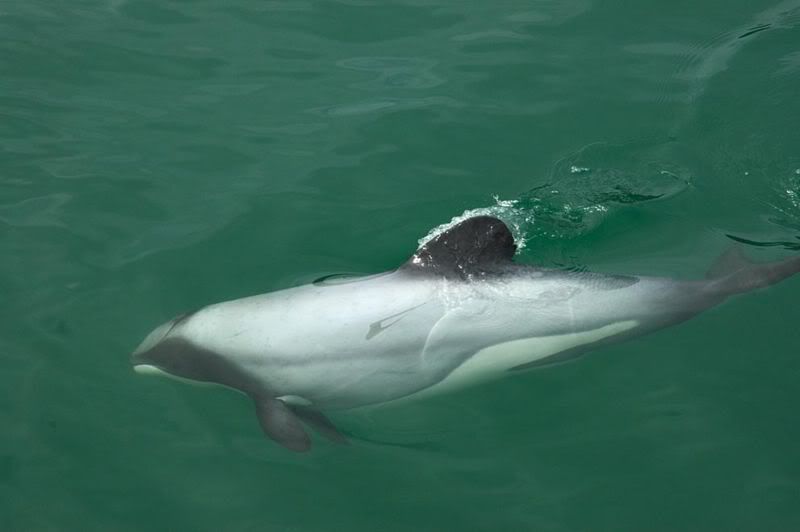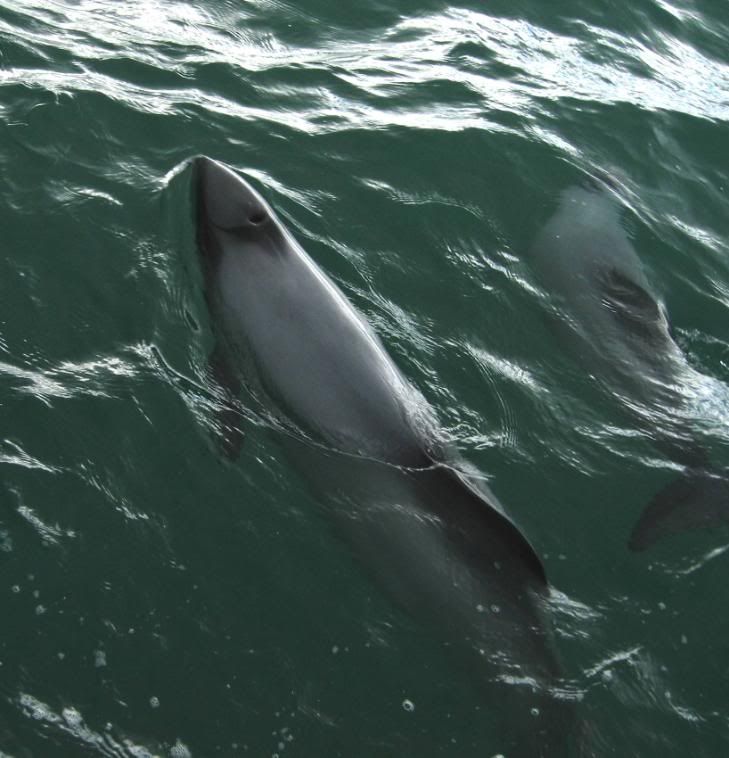
Some of you know that I began my career as a marine naturalist and then was heading toward a career in marine mammal training when I took a few side paths.
Today, the marine environment is under serious threat and even the tide pools I once educated people from are gone.
New Zealand has recently been under pressure from the World Wildlife Fund (WWF) to do something to help save two species of endemic dolphin species. These two are found no where else in the world.
The numbers of Hector’s dolphins (Cephalorhynchus hectori), also known as the white-headed dolphin, and the Maui’s dolphins (Cephalorhynchus hectori maui), also called the popoto, have plummeted.
Maui’s dolphins (a subspecies of Hector’s dolphins) total numbers today are estimated at 111 which means they are on the brink of extinction.
They are critically endangered since those numbers mean that they really don’t have good populations for reproduction.

The Hector’s dolphin population is estimated at between 4,000-7,270 which means they are endangered.
You can find listings at the International Union for the Conservation of Nature (IUCN).
At one time both species ranged throughout the coastal waters off New Zealand. Today Hector’s dolphins are found around the South Island while Maui’s dolphins live along the west coast of North Island.
Both species live close to shore and the biggest threats have been from drowning after entanglement in fishing nets, injuries by boats, and also the impact from coastal development, and pollution.
Gill nets and trawl nets are the biggest threats to these creatures.
Two protected areas have been established for the animal but the WWF believes they are too small.
Efforts for regulating, monitoring, and policing the established regulations are failing because they have not stopped the population decline.
The solution? It may be too late for the Maui’s dolphins but WWF believes that sustainable fishing methods throughout the area is a solution.
They also want fishing to stop in the Hector’s and Maui’s habitat range.
The particulars WWF-NZ is calling for are:
-Nationwide ban on gill nets.
-Ban on trawl fishing in waters less than 100 meters deep in areas where Hector’s and Maui’s dolphins are found.
-Full protection for dolphins across their entire range and for areas where they historically ranged in the past.
It is thought that if these efforts are taken immediately that the Hector’s dolphin could recover to about half the original population size by 2050.
When faced with heavy seabird deaths, New Zealand fishermen made good progress and lowered the number of avian loss significantly. So making changes has been done and could be done again.
In the meantime, the Ministers of Fisheries & Conservation have promised a decision some time in May of 2008–the sad thing is that they have taken nine years for the draft of the Hector’s Dolphin Proposed Interim Measures Plan–they better not delay any longer.
Want to read more?
Department of Conservation: Maui’s Dolphin
Department of Conservation: Hector’s Dolphin
Biological Conservation: New Abundance for Maui’s Dolphin
Brandon Cole Photography of Hector’s & Maui’s Dolphins
Want to help?
Visit New Zealand Whale & Dolphin Trust
Visit Whale & Dolphin Conservation Society (WDCS) Australasia and send a protest email


Here is the link to the announcement of the extension of Year of the Dolphin through 2008:
http://www.yod2007.org/en/Press/Press_releases/Extension_YoD.html